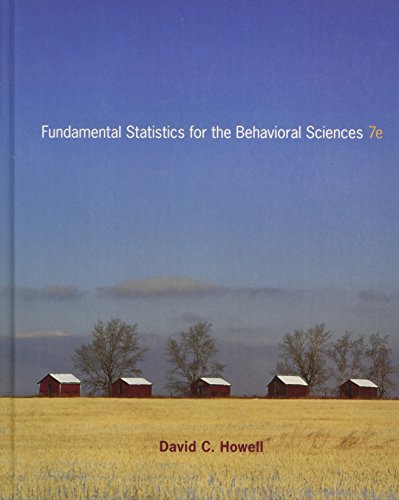Hosch and Cooper (1982) looked at the role that being a victim rather than just a bystander
Question:
Hosch and Cooper (1982) looked at the role that being a victim rather than just a bystander had on eyewitness identification. In the control condition a confederate of the experimenter entered the experimental room with a participant, completed a few forms, and left. In another condition the confederate did the same thing, but as she was leaving she stole the experimenter’s calculator. In the third condition the confederate stole the participant’s watch, which the participant had been instructed to leave on the table. There were two dependent variables. The first was whether the participant was able to correctly identify the confederate from a set of six photographs, and the second was the participant’s subjective rating on a nine-point scale of his or her confidence in the identification. The experimenter was most interested in seeing whether being a victim of a theft led to better and more confident identification than just observing a theft. How can these data be analyzed?
(Note: The two theft conditions did not differ, and there was no relationship between accuracy and confidence.)
Step by Step Answer:

Fundamental Statistics For The Behavioral Sciences
ISBN: 9780495811251
7th Edition
Authors: David C Howell






